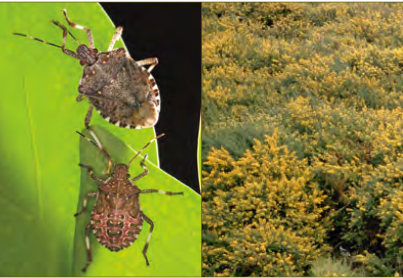Invasive pests threaten California's natural environments, agricultural production, structures, landscapes and gardens, causing billions of dollars of damage to our agricultural systems and natural areas each year.
Throughout history, humans have moved plants and animals around the globe, bringing them from their native lands to new settlements. In California, some introductions did unexpected damage while others, such as food crops, had positive outcomes. New species are often intentionally introduced, although numerous exotic species arrive in products brought into California accidentally by travelers or shipped in commercial trade. Many invasive plant problems began as ornamental plants for sale by nurseries and garden centers. Exotic and invasive plants are still available in commercial nurseries.
What can you do about invasive pests?
Here are tips and resources that you can use to help stop or slow the spread and introduction of invasive pests.
-
Don't plant or release invasive plants into the environment. Also, avoid dumping aquatic plants or aquarium water into local waters, since many aquarium plants are highly invasive.
-
Use plants native to your area for landscaping.
-
Don't bring foreign plant or animal material into California.
-
Be careful when moving firewood.
-
Learn to identify invasive species new to California.
-
Report invasive species in your area! Contact your local UC Cooperative Extension office or Agricultural Commissioner to report invasives and to get information on controlling invasive species on your property.
For more information and resources on invasive pests, visit the UC IPM Invasive and Exotic Pests page.
[Original article published in the Summer 2020 issue of the Retail Newsletter]
Author - Associate Director for Urban & Community IPM/ Area Urban IPM Advisor
Attached Images:
